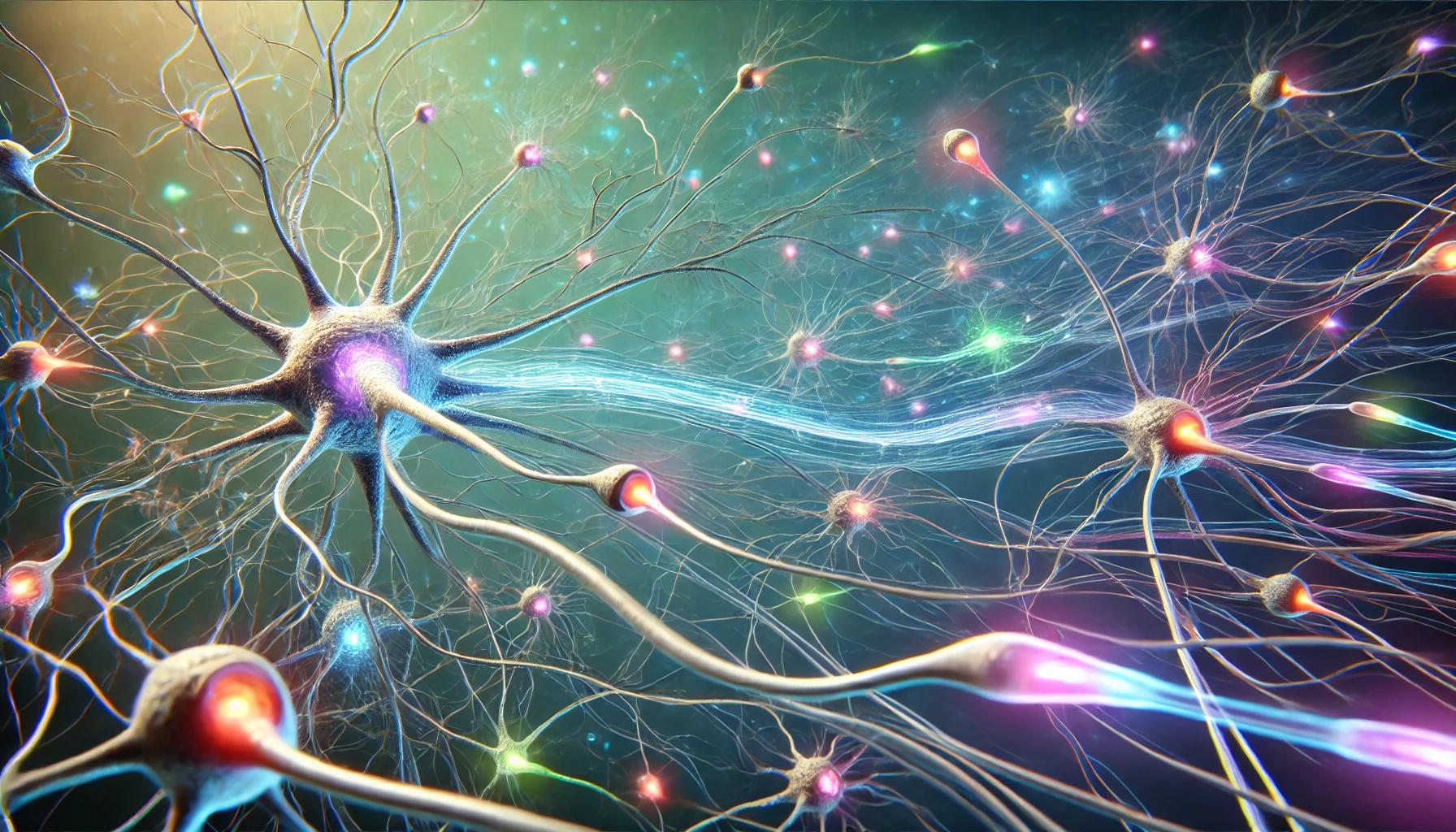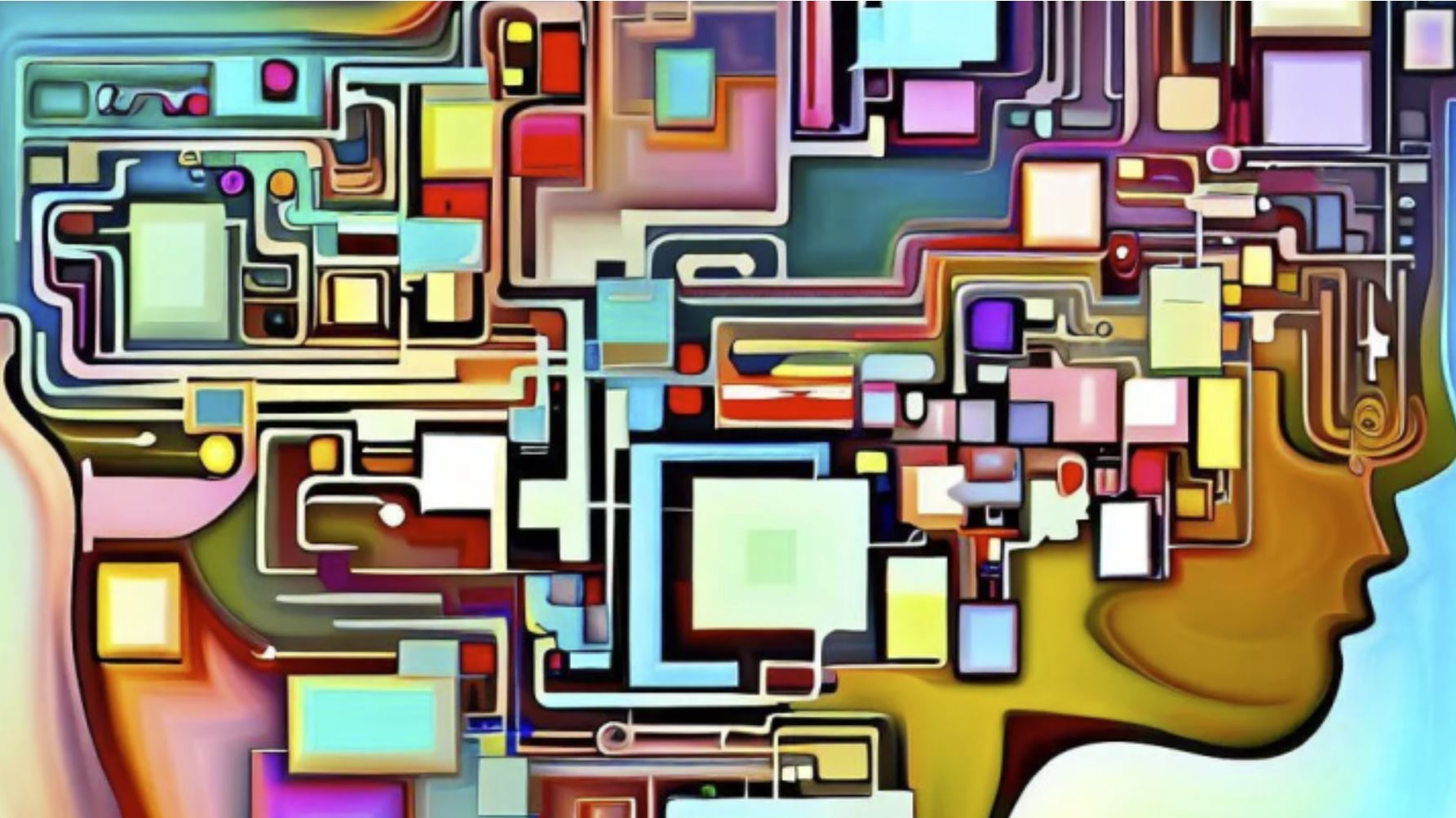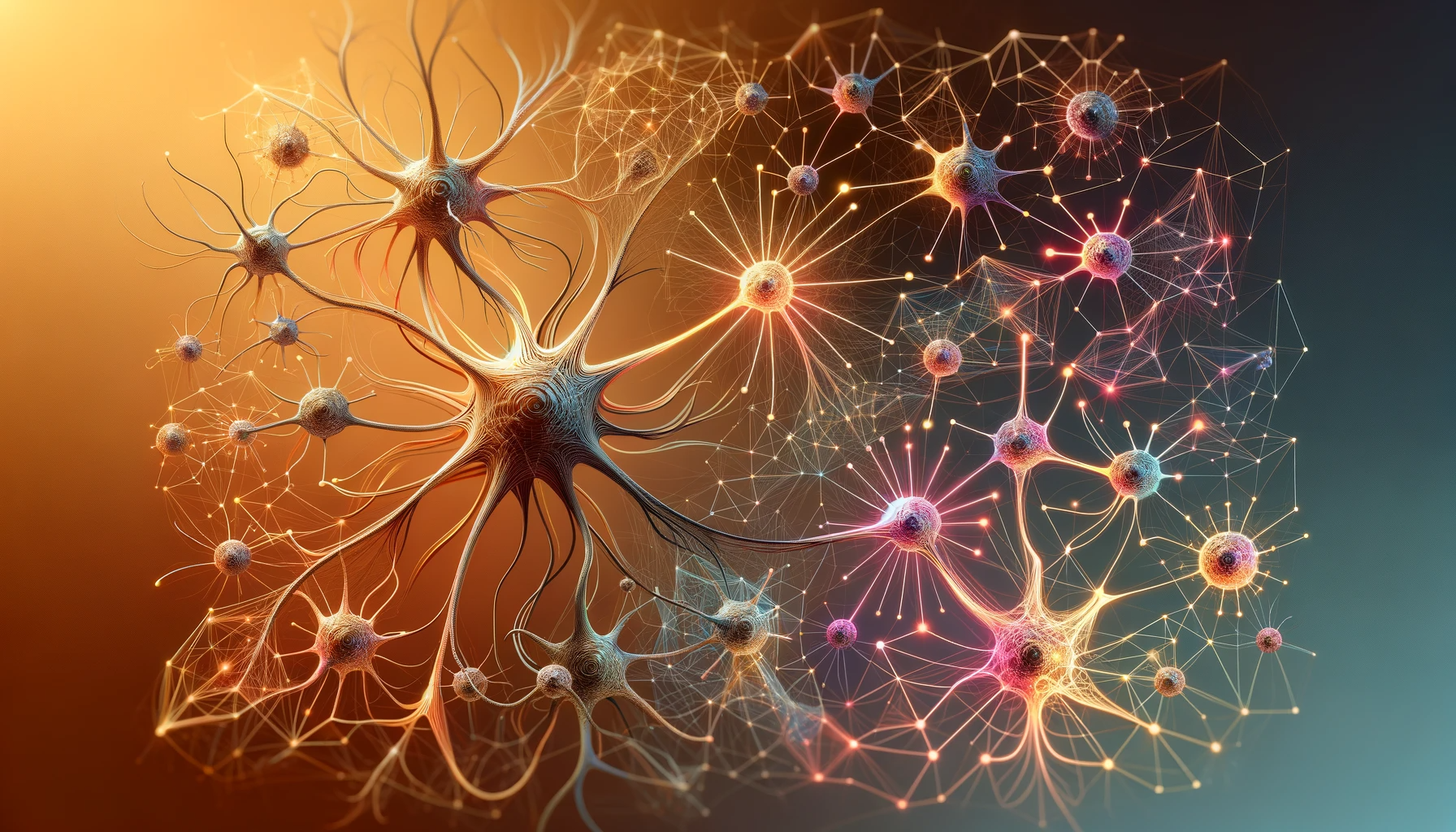Wondering where your memories are, literally? Remember, you’re not the only one. Many people ask themselves these questions every day, and some of these people are neuroscientists. Assuming you are looking for an answer based on evidence, here is a summary of the current understanding of memory storage and retrieval.
What is Memory Anyway?
Memory is one of the most critical cognitive processes of all, allowing us to acquire, retain, and retrieve information about the world, including about ourselves. Perhaps memory also plays an important role in consciousness.
Working memory, declarative memory, and non-declarative memory are different types of memory categories. These types differ not only in their operations but also in the brain regions they engage. Working memory is responsible for the temporary holding and manipulation of information. Declarative memory allows us to recall facts and events. Non-declarative memory refers to skills and habits learned unconsciously.
In other words: Memory helps us remember everything from daily tasks to life events. Working memory handles short-term tasks like recalling a phone number, declarative memory helps us remember facts and experiences, and non-declarative memory stores automatic tasks like tying shoelaces.
Let’s take a closer look at each memory type and its neural basis and processes.
Working Memory
Working memory is a cognitive function responsible for holding and manipulating information temporarily for tasks such as reasoning, comprehension, and decision-making. This memory type does not rely on a single brain region but emerges from the interaction between the prefrontal cortex (PFC) and the posterior parietal cortex (PPC). Specifically, the dorsolateral prefrontal cortex (DLPFC) and regions of the cingulo-opercular network (CON) play key roles in maintaining working memory, while the frontoparietal network (FPN) is more involved in momentary control during cognitive tasks.
The central executive system coordinates three components: the phonological loop (which handles verbal information), the visuospatial sketchpad (which manages visual and spatial information), and the episodic buffer (which integrates information across these domains). These components allow individuals to manipulate verbal, visual, and sensory information actively, enabling complex cognitive tasks such as language comprehension, problem-solving, and reasoning.
Declarative Memory (Explicit Memory)
Declarative memory, also known as explicit memory, is responsible for storing facts and events that can be consciously recalled. This type of memory depends on the hippocampus and other medial temporal lobe (MTL) structures, including the entorhinal, perirhinal, and parahippocampal cortices. These areas facilitate the storage and retrieval of both factual (semantic) memories and autobiographical (episodic) memories. Over time, these memories are gradually transferred from the hippocampus to the neocortex, where they are stored for long-term retention.
The process of declarative memory involves the conscious recall of two main types of memories: episodic memories, which are linked to personal experiences, and semantic memories, which pertain to general knowledge. Memory consolidation, particularly through system consolidation, is crucial for transferring memories from the hippocampus to the neocortex. This process allows for more permanent storage and ensures that memories are preserved over time.
Non-Declarative Memory (Implicit Memory)
Non-declarative memory, or implicit memory, functions unconsciously and is responsible for the learning and retention of skills, habits, and other forms of unconscious knowledge. The neural basis of non-declarative memory involves motor-related regions such as the basal ganglia, cerebellum, and motor cortex, particularly for procedural learning, which includes skills and habits. Other structures, such as the amygdala, are essential for emotional learning, while the striatum plays a key role in habit formation.
Unlike declarative memory, non-declarative memory does not require conscious recall. Skills like riding a bike, as well as forms of associative learning like conditioning, fall under this category. Procedural memory, a form of non-declarative memory, consolidates through repetitive practice, becoming automatic over time without the need for active recollection. This distinction in process and brain involvement sets non-declarative memory apart from its declarative counterpart.
The Process of Memory Formation – From Encoding to Consolidation
The formation of memory begins with encoding—where sensory input, like what we see or hear, is converted into a format the brain can process. During this stage, factors like attention and emotion significantly influence what gets encoded into memory. For instance, if something evokes strong emotions, it’s more likely to be remembered. After encoding, the next stage is consolidation. This involves stabilizing and integrating newly acquired information into long-term memory, where it is less prone to interference or decay. Two types of consolidation exist: cellular and system consolidation. Cellular consolidation involves short-term changes in synaptic strength, particularly in the hippocampus. System consolidation refers to the longer-term transfer of memory traces from the hippocampus to the neocortex, where memories are stored more permanently.
In other words: Memory formation starts when we process what we see, hear, or feel (encoding), and the brain decides what’s worth storing based on how important or emotional the information is. Afterward, the brain strengthens the memory (consolidation) so it can last a long time.
Cellular and System Consolidation: Stabilizing Memory
Cellular consolidation refers to changes at the synaptic level, where neurons adjust their connections to stabilize memories. Long-term potentiation (LTP), a mechanism where synaptic strength is increased, plays a critical role here. During LTP, repeated activation of neurons strengthens the connection between them, making it easier for those neurons to communicate in the future. This is a fundamental process for memory formation.
System consolidation, on the other hand, is a slower process where memory traces are transferred from the hippocampus, which handles recent memories, to the neocortex, which is responsible for long-term storage. This transfer allows the brain to free up space for new memories, ensuring older memories are less reliant on the hippocampus over time. Research suggests this process can take weeks or months, and that newly learned memories are gradually integrated into existing cognitive frameworks or schemas.
In other words: When we learn something new, our brain strengthens the connections between neurons (LTP), making it easier to remember. This happens quickly, but for long-term memory, the brain slowly transfers those memories to other areas, like the neocortex, where they are stored permanently. This frees up the hippocampus to handle more recent memories.
The Role of Sleep in Memory Consolidation
While Freud may beg to differ, dreams often appear to be strongly connected to events or thoughts that we experienced a few hours before we slept. This does not come as a surprise because sleep plays an important role in memory consolidation, as it enables the reactivation and organization of memory traces formed throughout the day. Different sleep stages contribute to different aspects of memory consolidation. Slow-wave sleep (SWS) plays a particularly vital role in consolidating declarative memories—those that involve facts and events. During SWS, the brain engages in a process of reactivating and replaying memories, a phenomenon called “hippocampal replay,” which allows for the transfer of memories from the hippocampus to the neocortex.
On the other hand, rapid eye movement (REM) sleep is more associated with the consolidation of emotional and procedural memories. This stage is also important for integrating new information into pre-existing knowledge structures, enabling the synthesis of new memories with old experiences.
In other words: When we sleep, our brain processes and stores the memories we’ve created during the day. Slow-wave sleep helps strengthen facts and events we’ve learned, while REM sleep helps us process emotional memories and build new memories into the ones we already have. It’s during sleep that the brain organizes and stores long-term memories.
The Relationship Between Working Memory and Long-Term Memory
As mentioned earlier, working memory is a cognitive system responsible for temporarily holding and manipulating information necessary for tasks like reasoning, learning, and comprehension. It consists of multiple components, including the central executive, phonological loop, visuospatial sketchpad, and episodic buffer. These components collaborate to maintain short-term information, but for this information to become part of long-term memory, it must undergo encoding and consolidation processes. The interaction between working memory and long-term memory is important for our well-functioning. The central executive controls the flow of information, while the phonological loop handles verbal and auditory data, and the visuospatial sketchpad manages visual and spatial information. The episodic buffer integrates these different types of information with long-term memory.
Long-term memory stores information for an extended period and is split into declarative and non-declarative memory. The consolidation of working memory into long-term memory often relies on repeated rehearsal and attention to information, and emotional significance can enhance this process. Additionally, neuroimaging studies have shown that the prefrontal cortex (PFC) plays a critical role in this transfer process. The PFC, particularly through the central executive system, coordinates the interaction between working memory and long-term memory systems.
In other words: Working memory is like a temporary notepad in your brain that helps you hold on to information while doing tasks like math problems or following instructions. But for that information to stick around for a long time, it has to be sent to long-term memory, where it can stay for years. This process involves brain areas like the prefrontal cortex, which helps manage the flow of information between short-term and long-term memory.
Declarative and Non-Declarative Memory Systems
Declarative memory, or explicit memory, involves information that can be consciously recalled, such as facts (semantic memory) and personal experiences (episodic memory). The hippocampus plays a central role in encoding these memories, particularly episodic memories that involve rich contextual details like time and place. As memories consolidate over time, they are transferred from the hippocampus to the neocortex. This process allows declarative memories to become less dependent on the hippocampus for retrieval over time.
Non-declarative memory, or implicit memory, functions unconsciously and is related to skills, habits, and conditioned responses. Procedural memory, a subset of non-declarative memory, helps us perform tasks like riding a bike without consciously thinking about it. This type of memory is stored in different parts of the brain, including the basal ganglia, motor cortex, and cerebellum. Unlike declarative memory, non-declarative memory does not involve conscious effort to retrieve and is often formed through repetitive practice.
In other words: Declarative memory is what we use when we remember facts and events, like a birthday party or the capital of a country. Non-declarative memory works in the background to help us perform skills we’ve learned, like typing or playing an instrument, without needing to think about it. These two systems involve different parts of the brain, with the hippocampus being key for facts and events, and regions like the basal ganglia for skills and habits.
Memory is Not Static; Hence, We Have Reconsolidation
When a memory is reactivated, it can enter a labile state, making it susceptible to modification or updates. This process allows memories to be changed or reinforced with new information. Reconsolidation has significant implications for therapeutic settings, especially in treating conditions such as PTSD, where maladaptive memories can be modified to reduce their emotional impact.
Neurobiological studies show that reconsolidation involves the reactivation of the original memory trace in the hippocampus and its subsequent alteration through new protein synthesis. This dynamic process shows that memory is not a fixed entity but is continuously shaped by experiences and new learning.
In other words: Whenever we recall a memory, it doesn’t just sit unchanged in our brain. Instead, it can be updated or even changed with new information, making memories dynamic and flexible.
Bottom line: Memory Is a Complicated Thing
So now you know more about memory than ever before, or do you? You might want to try remembering that memory is not a single, simple process but a dynamic system involving various brain regions and mechanisms. It spans multiple stages, from encoding and consolidation to retrieval and reconsolidation. The brain uses distinct processes to handle different types of memories, whether conscious (declarative) or unconscious (non-declarative). Factors like attention, emotion, and sleep significantly influence how memories are formed and maintained. Understanding memory’s complexity not only informs cognitive neuroscience but also has practical applications, from improving learning to therapeutic interventions.
Memory research continues to evolve. So while you may want to remember some of this information, don’t forget to update your concepts about memory with new recent from time to time.
References
Sridhar, S., Khamaj, A., & Asthana, M. K. (2023). Cognitive neuroscience perspective on memory: overview and summary. Frontiers in Human Neuroscience, 17, 1217093. Link.




